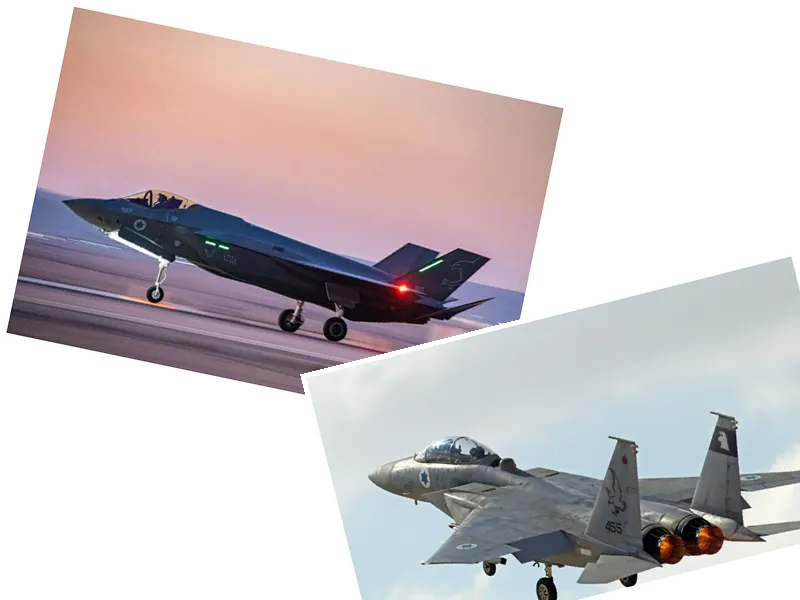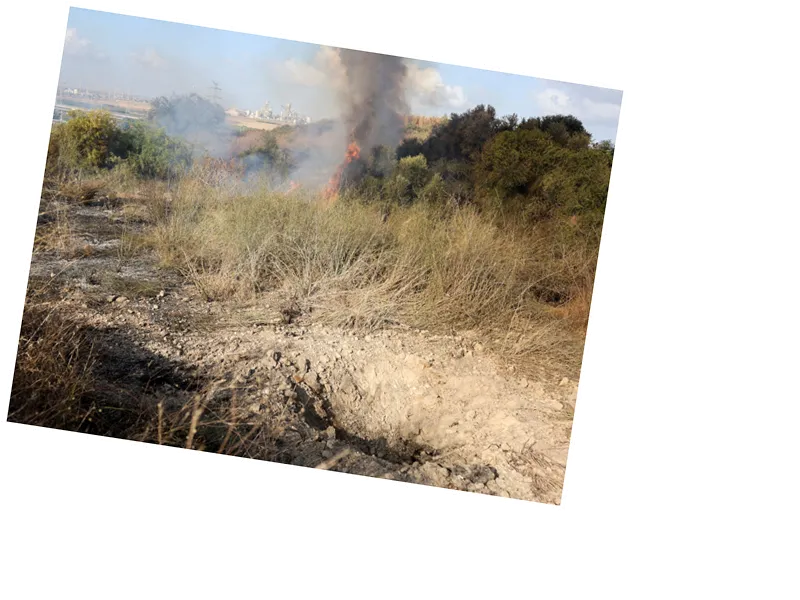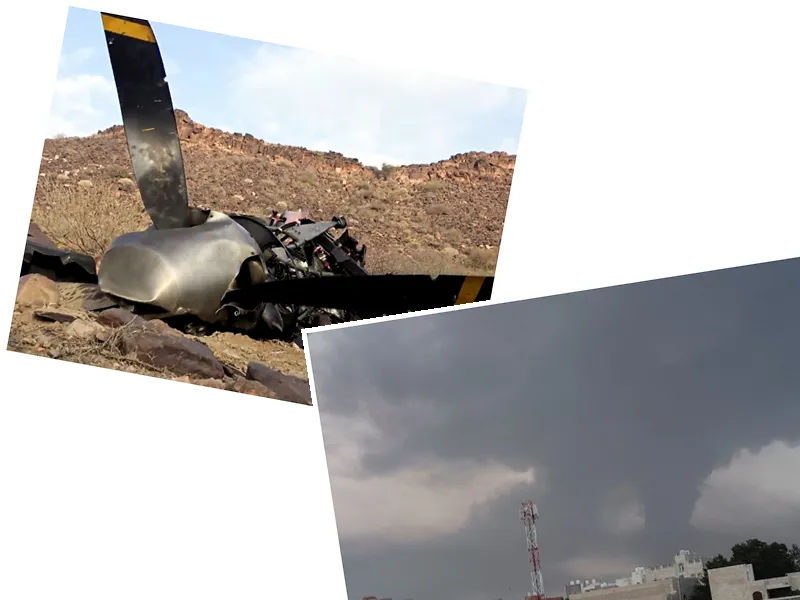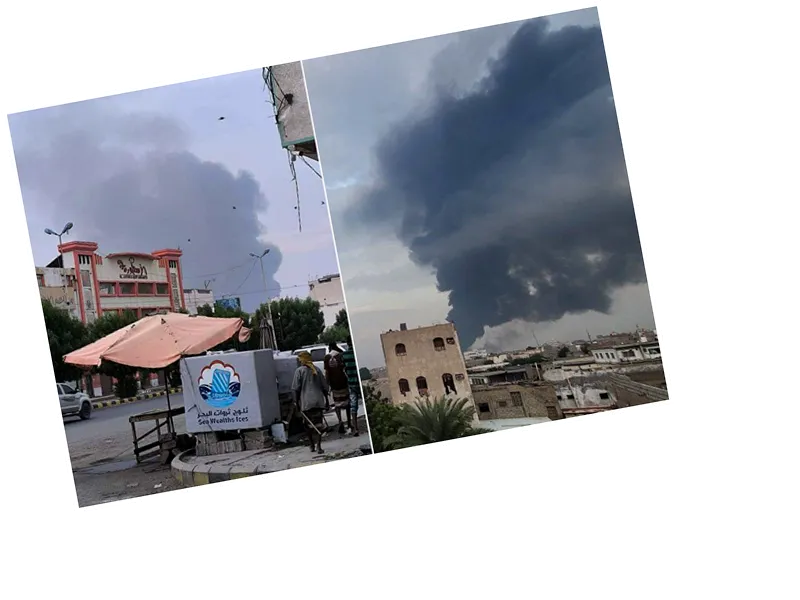Operation Long Arm: A Strategic Assault on Hodeidah
The Israeli Air Force recently executed Operation Long Arm, targeting Houthi positions in Yemen's port city of Hodeidah. This operation involved multiple squadrons, including fighter jets from the 140, 106, and 253 squadrons, along with support from other units. The assault commenced at 15:10 and lasted for nearly three hours, covering a distance of 1,800 km. The pilots were prepared for potential retaliation from Houthi forces, with the IDF on high alert for further developments.
The Evolution of Air Power: A Comparison to Past Operations
This operation draws parallels to the historic "Wooden Leg" mission nearly 30 years ago, which saw the Israeli Air Force striking targets in Tunisia. Both operations covered similar distances, but today's advanced technology, particularly the use of F-35 stealth fighters, marks a significant leap in capabilities. The F-35 offers enhanced stealth, advanced sensors, and a high payload capacity, making it a formidable asset in long-range attacks.
Future Implications and Preparedness
Following the successful strike, the IDF remains vigilant, anticipating Houthi retaliation and potential responses from allied militias. The recent interception of a missile aimed at Israel underscores the ongoing tensions in the region. As the situation evolves, the Israeli Air Force may need to continue operations in Yemen to safeguard national security.
- Operation Long Arm represents a significant milestone in the Israeli Air Force's operational history, showcasing its long-range strike capabilities. The use of advanced aircraft like the F-35 not only enhances attack efficiency but also minimizes detection risks, a crucial factor in modern aerial warfare. The IDF's readiness to counter threats emphasizes the ongoing volatility in the region, particularly with the Houthis' demonstrated missile capabilities.






